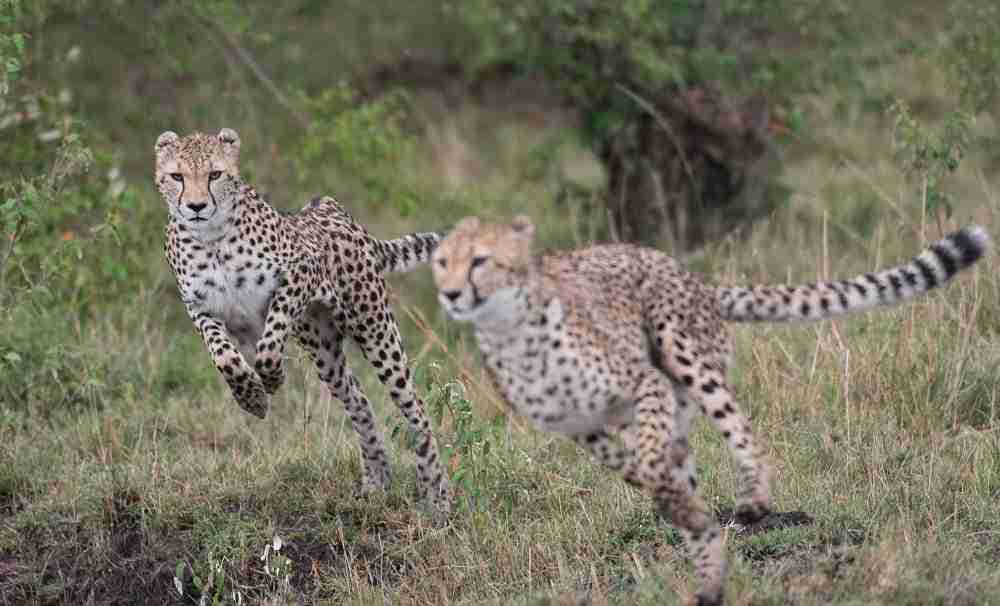Kora National Park, in central Kenya, is not just another protected region of Africa. This place has a story made of animals, plants, scientists and heroes. This is where the British naturalist biologist George Adamson lived most part of his life, studying lions and learning the traditions of local people. He soon became “baba ya simba” (the father of lions) and had an important role in the creation of this natural park. When he was killed, at 83, he was retired and ran a hospital for lions. A few months after his death, the Game Reserve of Kora became a National Park, in 1989.
About Kora National Park
The Park’s territory is included in River Tana County, which takes its name from the river itself. River Tana is the northern board of the Park while its tributary Mwitamvisi is the south-eastern board. The 1787 sq km surface includes hills – up to 490 m. high – and wide plains spotted with rocky spiers here and there. The most famous ones are Mansumbi, Kumbulanwa and Kora. Surrounded by 4 other natural reserves, Kora is part of the Meru Conservation Area.
The land is mainly bushy, steppe with small woods mainly close to the hills and rocks. The climate is dry, but as long as you go higher to the top of the hills you may have rains. The western area of the Park receives more rain than the eastern one. This is also due to the vegetation and the many rivers flowing over there. Kora National Park is a good place for a quiet safari, exploring the habitat of some typical animals.

What to see, what to do
If you like plants, at Kora National Park you will admire over 700 different species, with 49 of them endemic. Acacia Commiphora and Canopy are the most common plants. Recent studies have found, right here, the largest reptiles, birds and mammals on the planet, among the species that usually live on these trees. You can still meet wild African animals (lions, elephants, leopards, cheetahs, giraffes, hippos…), at Kora. But unfortunately uncontrolled agriculture and grazing are forcing many of them to keep off the area. Some are extinct or endangered for extinction.
So when you go safari at Kora, please remember the importance of saving these animals’ lives. Remember to respect them, as you take photos, and never try to go on your own. Always listen to the guides’ advices in order to live an adventure which is safe both for you and the fauna. Other activities you can do at the Park: fishing in River Tana, birdwatching, exploring the Adamson Falls and the Grand Falls, climb or hike to the top of the rocks and hills. You must pay a ticket to enter the National Park: 30 dollars for adults, 20 dollars for children.
How to get to Kora National Park
Two airstrips allow small airplains to land there, so to connect Kora National Park to Nairobi Airport (the capital is 280 km away). As an alternative, you can drive along the Nairobi-Mwingi motorway, via Thika. Or by the Nairobi-Meru motorway, via Embu or Nanyuki.



